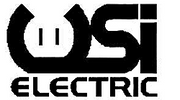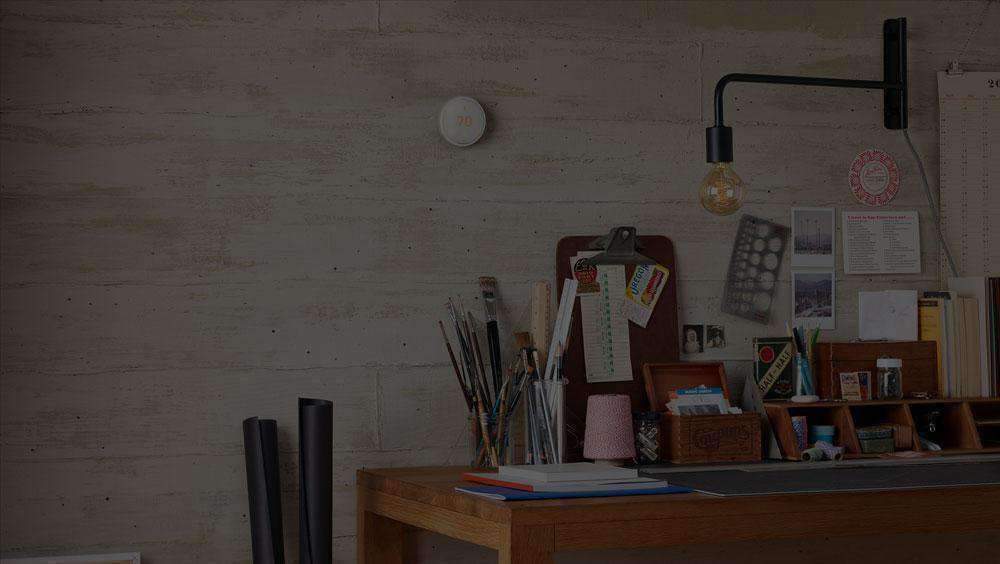- No products in the cart.
The Ultimate Lighting Guide For Home Environments
14
Jul
If you are searching for ways to spruce up your place with adequate lighting, our lighting guide for home environments is sure to help you out.
Lighting shouldn’t be an afterthought; however, for most people, it is! This happens because many of us consider it to be another small detail, rather than a statement that can brighten your home.
Improper light fixtures diminish the impact of all the other room fixtures, such as luxurious wallcoverings, opulent flooring, and sumptuous furnishings. Therefore, proper lighting is vital to get the best out of your home.
Additionally, it’s easy to get confused between natural and artificial lights. Getting adequate natural lighting can change the mood and feel of an entire room. However, not all places have sufficient exposure to it.
The next best alternative is illuminating your place with artificial lighting. There are many options with different hues and intensities, and modern ones can provide the look and feel of natural lighting.
How to Choose Lighting for Home Environments
Choosing perfect lighting for different spaces can be a challenge. The wealth of available choices on the market include:
- Dim lights
- Bright lights
- Wall lights
- Hanging lights
- LED lights
- Chandelier lights
Apart from ensuring the lights you pick are fully functional, you have to ensure they have the right amount of dispersion to enhance your room aesthetics.
Therefore, you can define your room’s ambiance based on the types of lights used in interiors and the subsequent types of light layers introduced.
The Best Types of Lights Used in Interiors
There are three types of lights used in interiors worth considering: ambient, accent, and task lighting. Let’s explore each detail:
Ambient lighting – also known as general lighting – illuminates enough to provide a good view of the area. Typically, a broad lighting layer is cast using overhead lighting like ceiling fans, chandeliers, pendants, semi-flush ceiling fixtures, and flush mount fixtures.
This lighting layer is commonly known as the “decorative layer,” primarily because you can highlight your indoor centerpieces, such as artwork, architecture, or other features using these.
Moreover, if you want to get the most out of accent lighting, make sure the light is thrice as bright as the surrounding area.
In addition to that, these decorative lights act as a secondary light source to fill the spaces where general lighting can’t reach.
The task lighting layer provides illumination for special tasks done in certain areas. When choosing a light for the task lighting layer, first assess what is performed in that particular area.
The light you choose should be glare-free and remove any distracting shadow. Plus, it should be bright enough so you won’t have eye strain.
Color Temperature
When it comes to choosing the correct color temperature for your home lighting fixtures, it helps to consider the color of your walls and furniture. Kelvin ranges include:
- 2200-2700K: Just like an incandescent bulb, this produces a warm light ideal for ambient lighting
- 3000-3500K: Very similar to halogen lamps, this is a softer, white light
- 4000-4500K: Ideal in offices and kitchens, this produces a bright white light
- 5000K and up: Usually found in commercial locations, this produces blue hues of light
Wholesale Home
When it comes to the importance of lighting in interior design, proper lighting can elevate your outlook on life and change the way you feel at home.
Browse our wholesale indoor lighting products to find the best deals on RAB landscape lighting, area lights, pendants, chandeliers, bulbs, and much more.






































